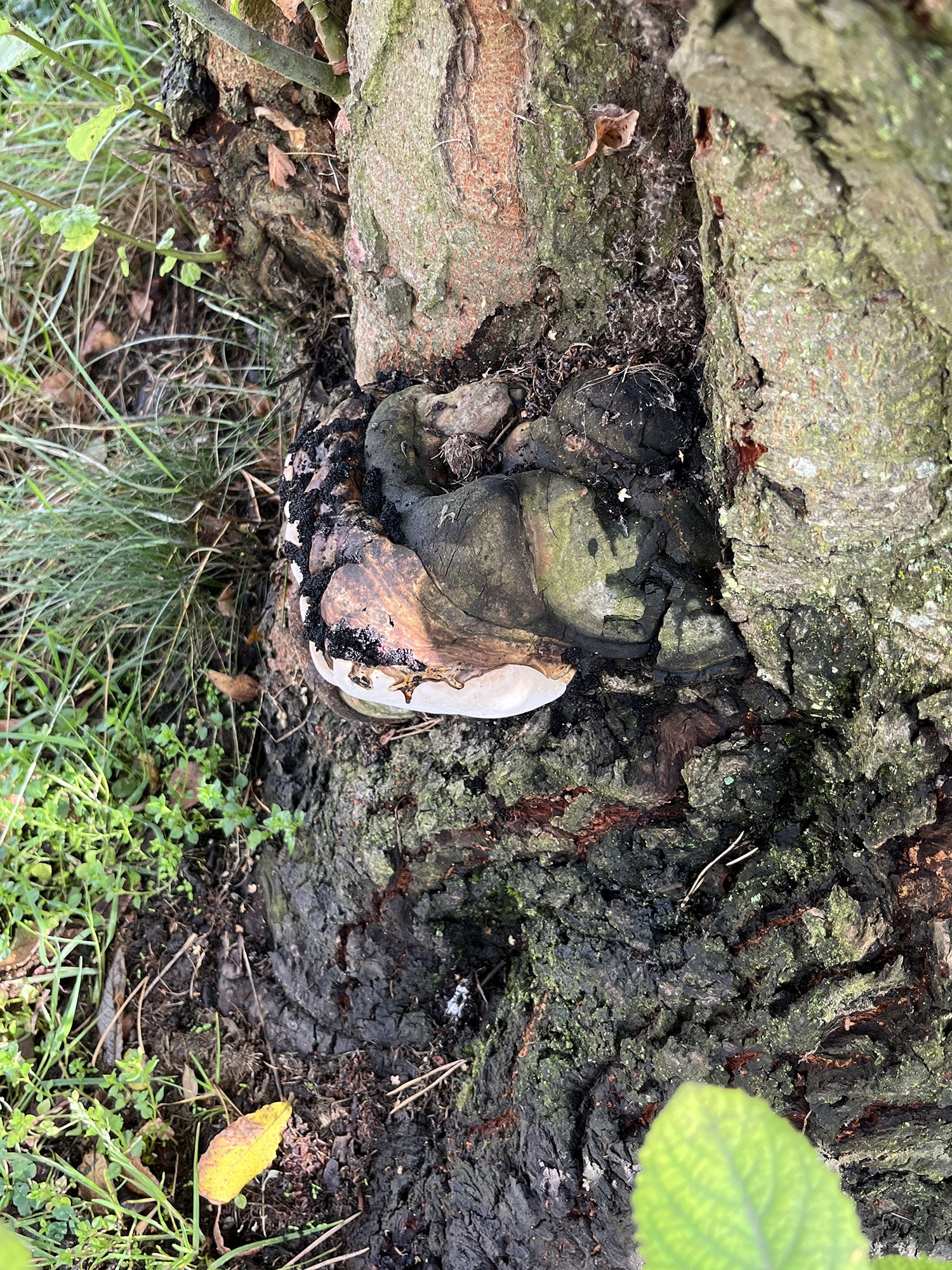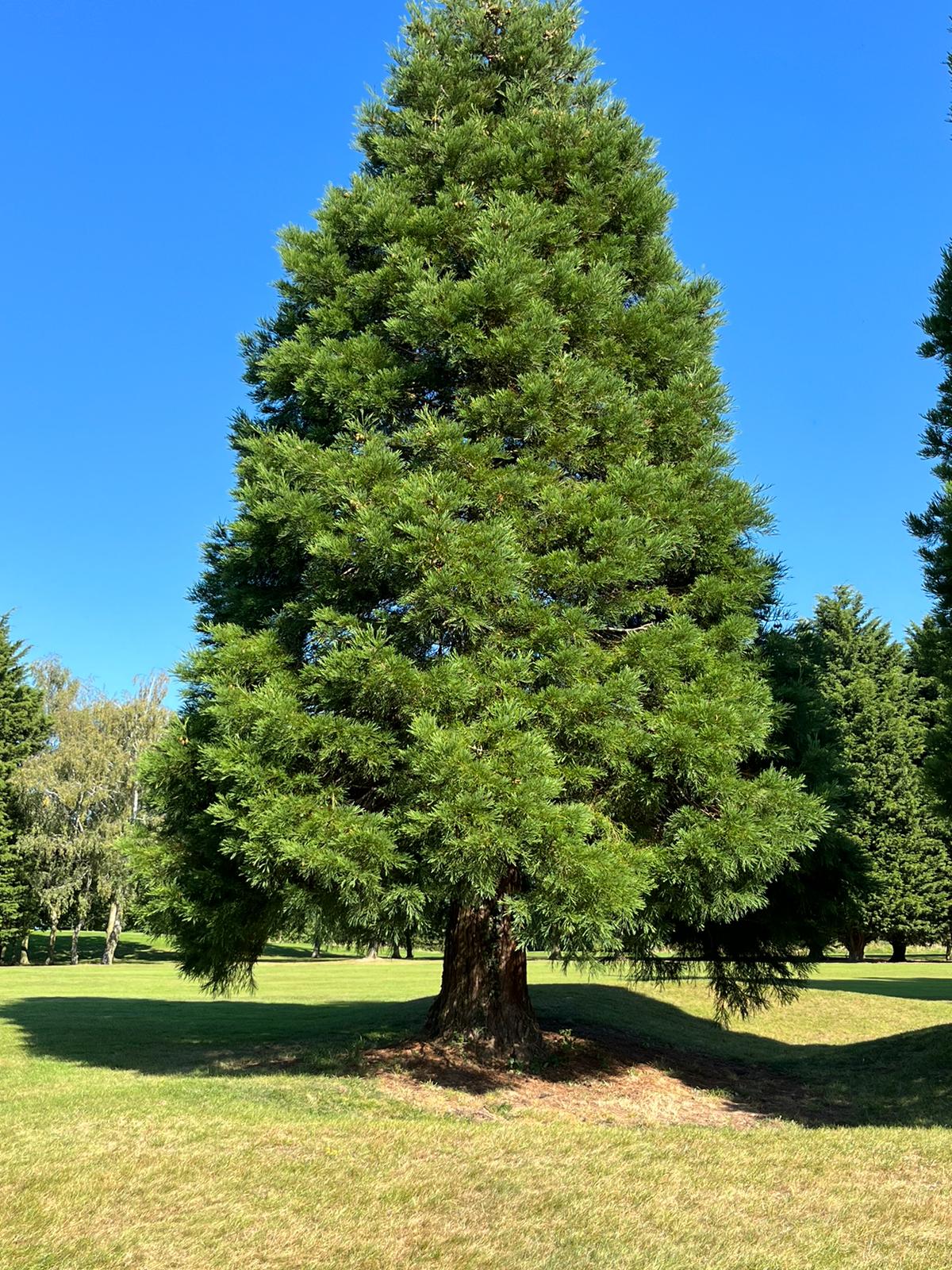WOODLAND MANAGEMENT at Cosby Golf Club
In September 2023, it was proposed to the Club’s Board, that we develop a comprehensive Woodland Management Plan (WMP). This initiative is essential to promote greater air circulation and ingress of light in areas of play that are currently heavily shaded.
Our wonderful course is 128 years old and therefore very mature. Many individual trees, within belts and plantations, have the potential to be well-balanced, and mature features of the golf course but require space and light to reach their potential.
There are several examples of ‘monocultures’ on the property, where plantations are made up of one dominant specie. At Cosby these monocultures are made up of Silver Birch. The concern with monocultures is that the soil surrounding lacks biodiversity, as the specie in question draws the same nutrients year after year.
Many of these monocultures were also planted at similar times, which will ultimately mean they all arrive at the end of their expected lives simultaneously.
By removing the weaker, damaged, unhealthy, misshapen, or unsuitable examples, growth can be concentrated on the better-quality specimens, which have a chance of increased vigour and longer life.
Our WMP will be an on-going, ever-present document illustrating the Club’s responsibility as landowners. We want to ensure that every specimen on our land is healthy, suitable, and given sufficient chance to thrive.
The initial work on the WMP will be executed in five phases.
- Removed diseased trees. One example is the Goat Willow to the left of the 1st hole’s white tee, which is overrun by Ganoderma spp, a fungal disease which has dominated from the base of the trunk to a height of nearly 2 metres.
- Remove self-seeded trees. These will ultimately contribute to more monocultures and have no ecological or architectural benefit to the golf course.
- Removal of dead trees. Some of the dead trees will be retained in areas away from fine turf areas as these are important to species like woodpeckers.
- Remove misshapen and unhealthy specimen within monocultures. Allowing the ingress of light and air and creating space for complementary specimens to be planted.
- Remove potentially healthy specimens to ensure fine turf areas. This is the most sensitive part of the WMP in realising the balance between ecology and fine turf performance. Once phase 1-5 of the WMP is complete, we will consult with our arboriculturists to consider additional plantings, as a planting strategy is a very important element of the overarching WMP.
We are confident this initiative will have a positive agronomic and performance impact on every part of the golf course.
For further information, please contact club General Manager, Will Bevan, at gm@cosbygolfclub.co.uk





